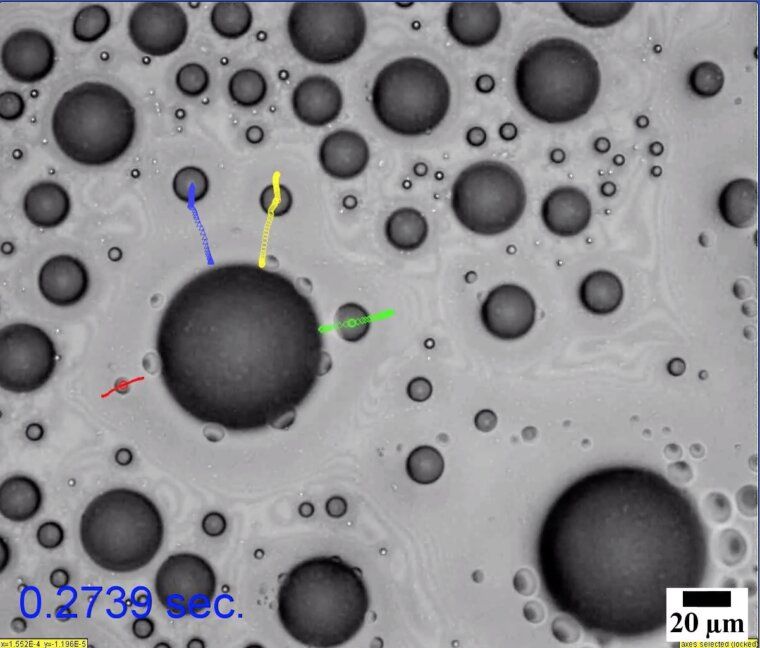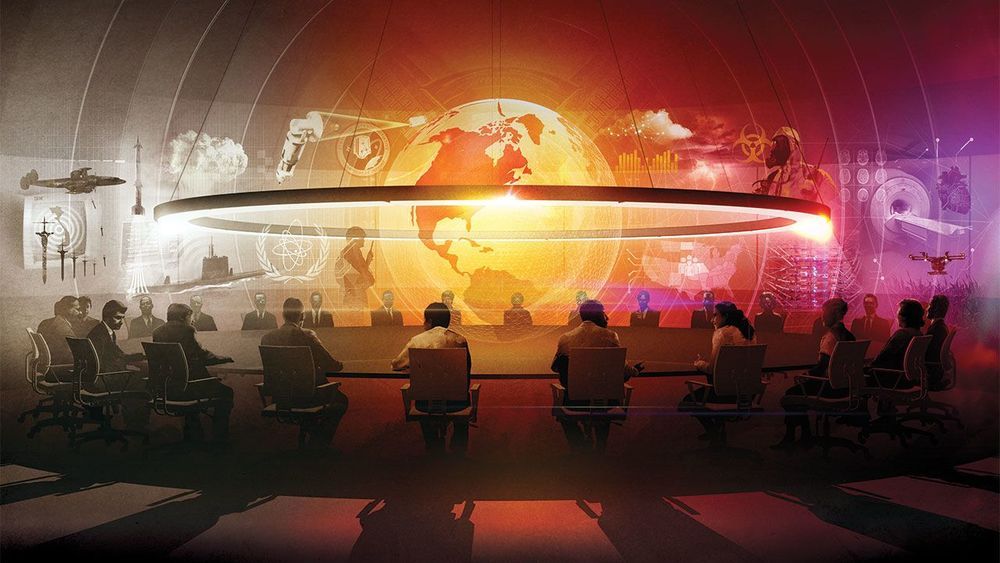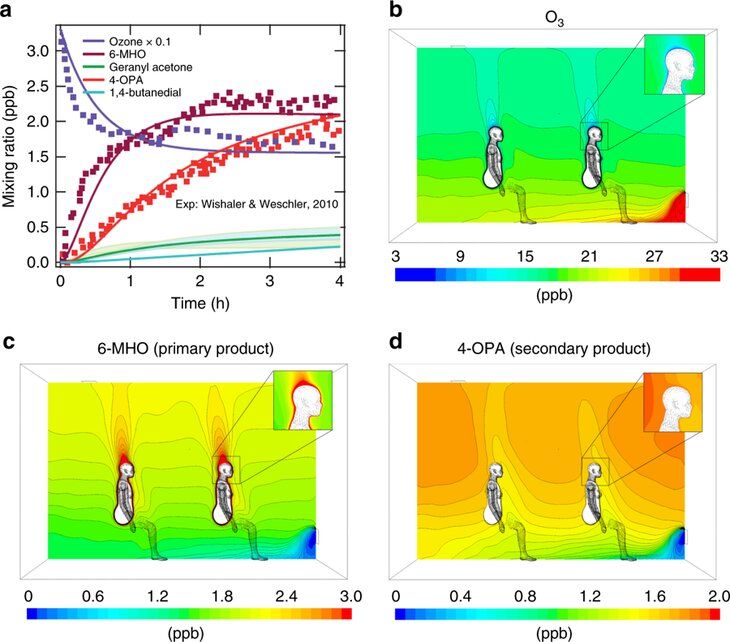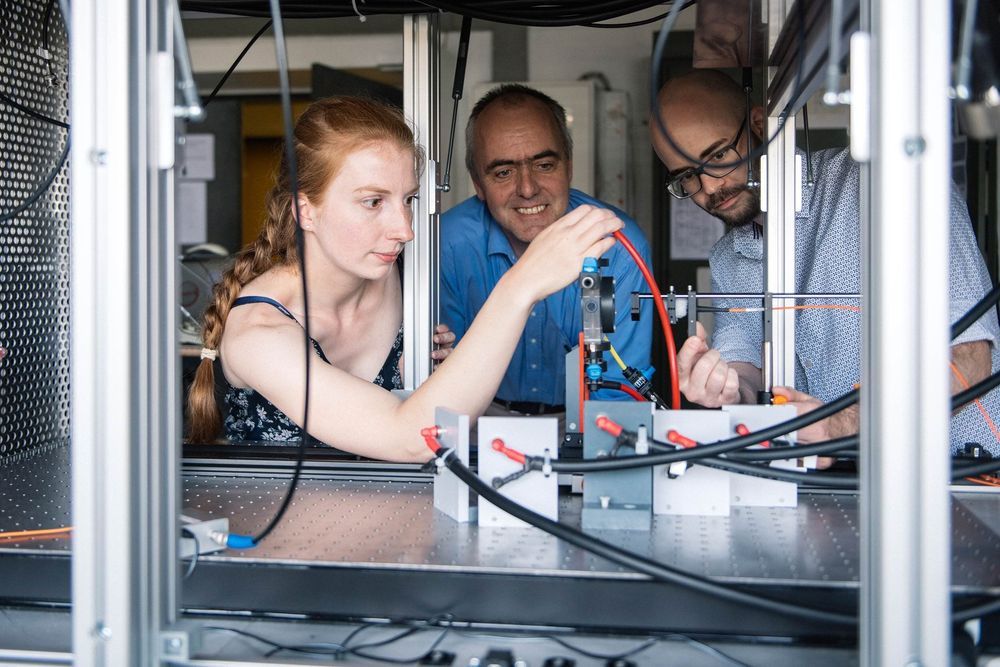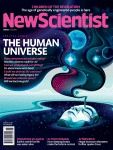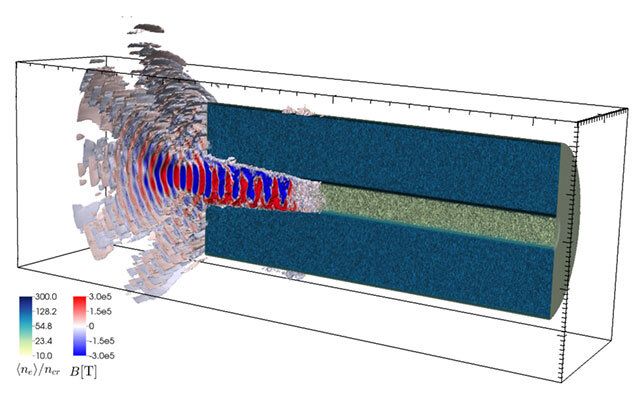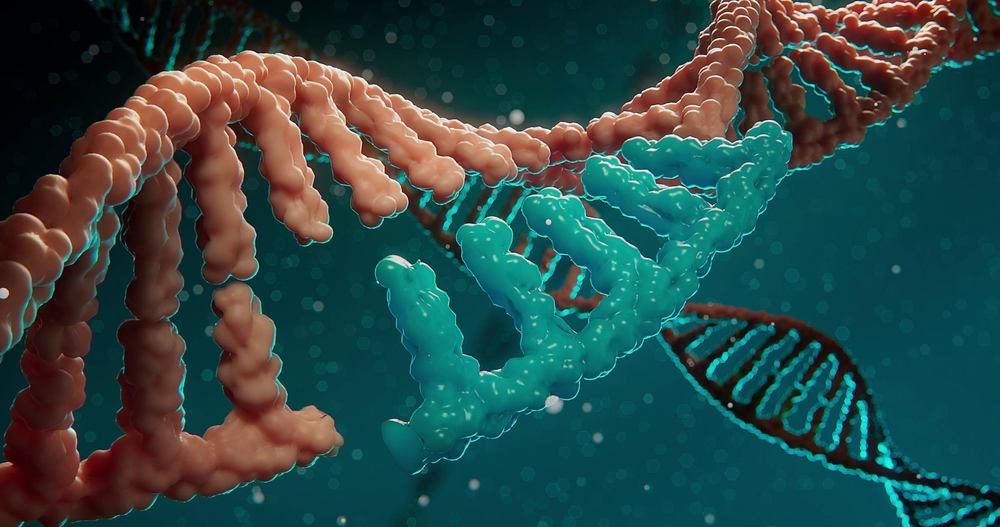Jul 1, 2019
Solving a condensation mystery
Posted by Quinn Sena in categories: computing, engineering, sustainability
Condensation might ruin a wood coffee table or fog up glasses when entering a warm building on a winter day, but it’s not all inconveniences; the condensation and evaporation cycle has important applications.
Water can be harvested from “thin air,” or separated from salt in desalination plants by way of condensation. Due to the fact condensing droplets take heat with them when they evaporate, it’s also part of the cooling process in the industrial and high-powered computing arenas. Yet when researchers took a look at the newest method of condensation, they saw something strange: When a special type of surface is covered in a thin layer of oil, condensed water droplets seemed to be randomly flying across the surface at high velocities, merging with larger droplets, in patterns not caused by gravity.
“They’re so far apart, in terms of their own, relative dimensions”—the droplets have a diameter smaller than 50 micrometers—” and yet they’re getting pulled, and moving at really high velocities,” said Patricia Weisensee, assistant professor of mechanical engineering & materials science in the McKelvey School of Engineering at Washington University in St. Louis.
